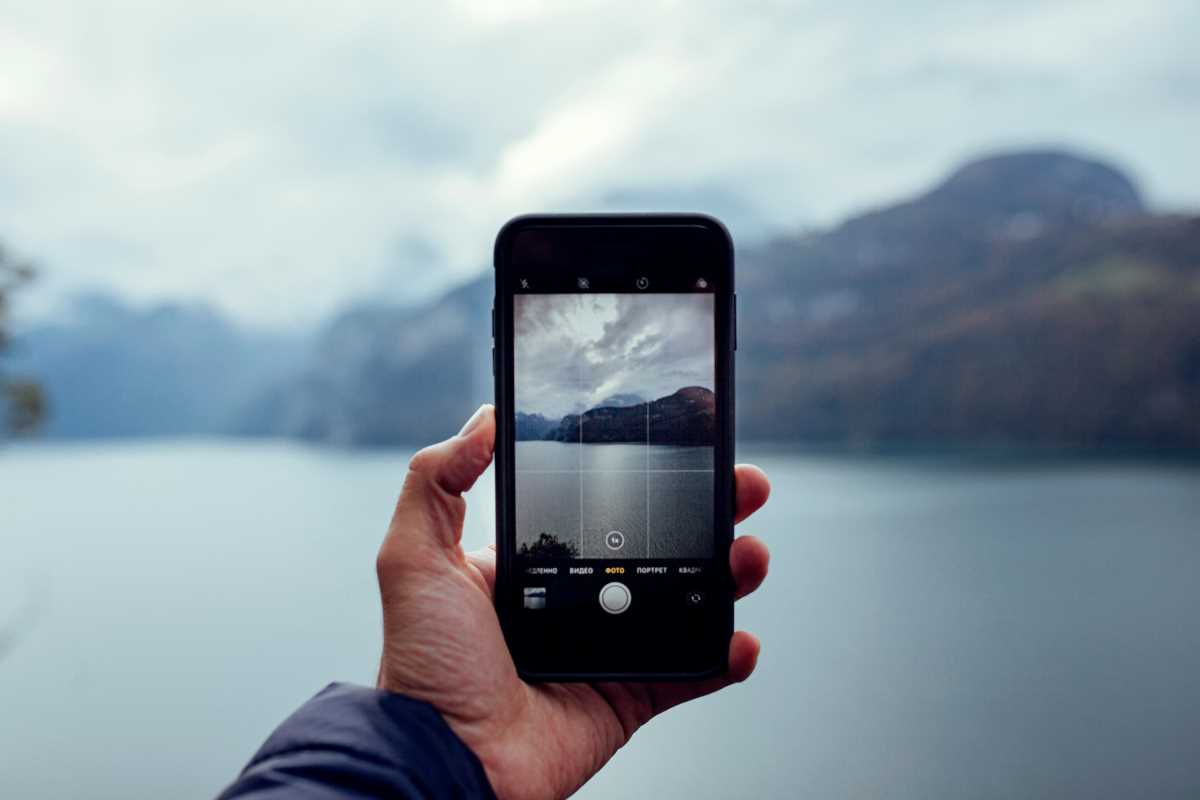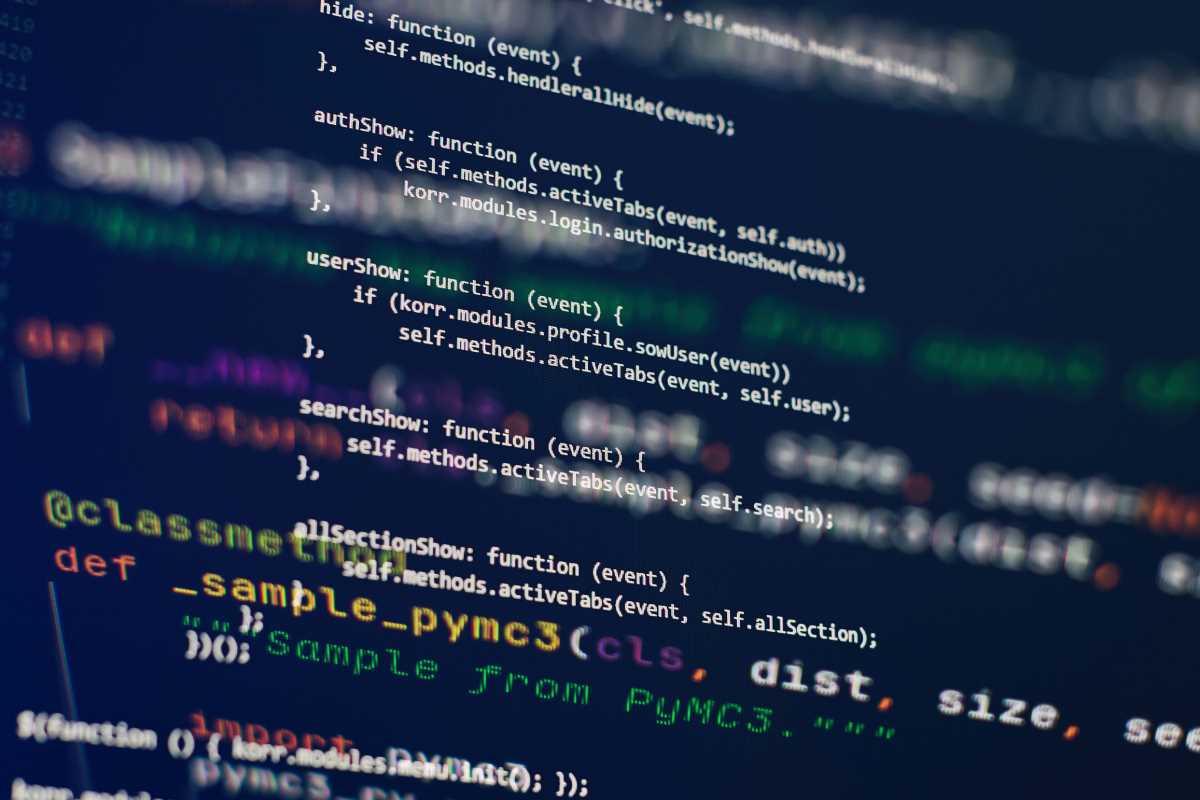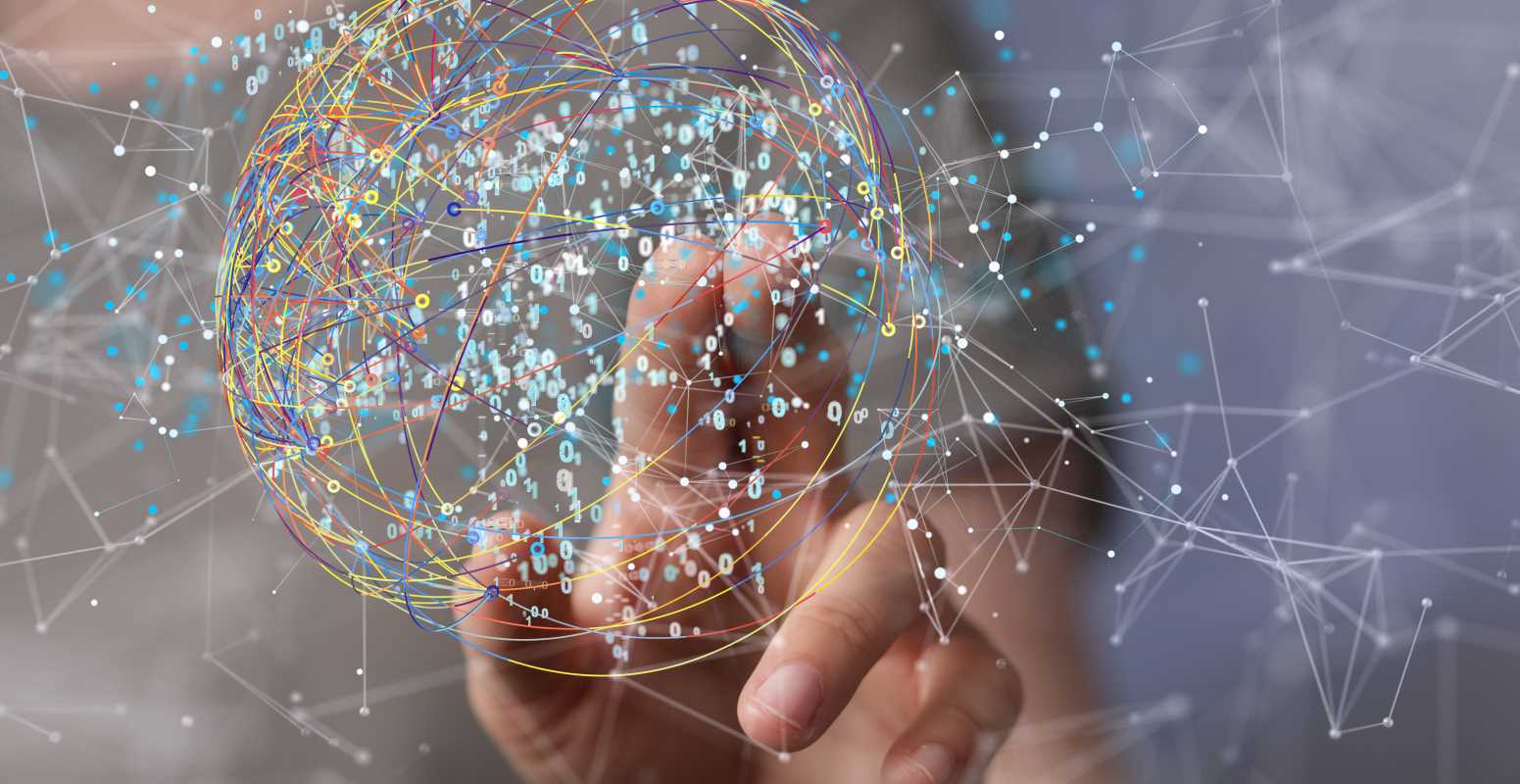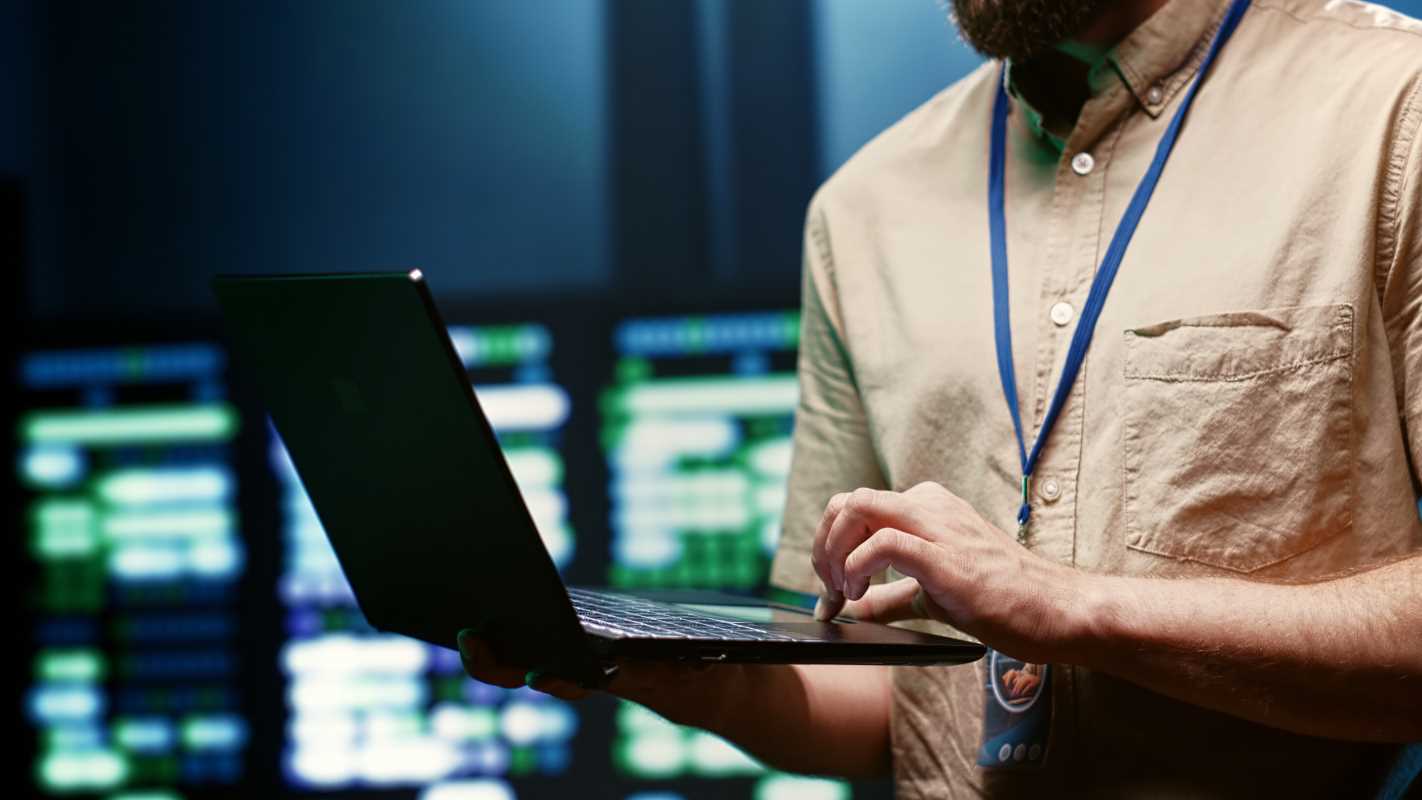Photography transcends the mere act of pressing a button, weaving together the worlds of art and technology to produce breathtaking images that once stretched the boundaries of imagination. This remarkable evolution is driven by the rise of computational photography, a cutting-edge field that marries classic photography skills with innovative computational techniques. These advancements not only elevate the quality of images but also open up new avenues for creative expression, reshaping the way we capture and perceive the world around us. With each click, photographers now harness the power of technology to craft visuals that are as stunning as they are imaginative.
As smartphones become the go-to cameras for millions, the demand for stunning photos has surged. Computational photography bridges the gap between hardware limitations and the desire for high-quality images. By using algorithms and processing power, it transforms everyday snapshots into professional-grade photographs.
Understanding Computational Photography
Computational photography refers to the use of digital computation instead of optical processes to enhance or extend the capabilities of traditional photography. It integrates various software-based techniques to improve image capture and processing, resulting in photographs that are sharper, more vibrant, and rich in detail.
Key concepts include high dynamic range imaging, which balances exposure levels to prevent overexposed highlights and underexposed shadows, and image stitching, which combines multiple photos to create panoramic views. These techniques rely on complex algorithms to analyze and manipulate image data, offering photographers unprecedented control and flexibility.
The Role of AI in Photography
Artificial Intelligence has revolutionized computational photography by introducing intelligent algorithms that analyze and enhance images in real-time. AI-driven processes automate tasks that once required manual intervention, making high-quality photography accessible to everyone, regardless of their technical expertise.
One of the most significant impacts of AI in photography is the improvement in image quality. AI can intelligently adjust lighting, reduce noise, and sharpen details, ensuring that every photo is clear and vibrant. AI also enhances the user experience by providing intuitive features such as scene recognition, automated focus, and real-time filters that adapt to the subject matter.
AI Techniques and Technologies
- Neural Networks: Mimic the human brain to recognize patterns and enhance image details.
- Deep Learning: Trains models on vast datasets to improve image recognition and processing accuracy.
- Image Super-Resolution: Enhances the resolution of images, making them clearer and more detailed.
- Computational Zoom: Combines multiple images to create a high-resolution zoomed-in photo.
- HDR Imaging: Balances exposure levels across an image to highlight details in both shadows and highlights.
- Photo Stitching: Merges multiple images to create wide-angle or panoramic views.
To improve coding efficiency, developers often integrate these AI techniques into their projects, streamline the development process, and enhance the functionality of photography applications.
Practical Applications and Benefits
AI-enhanced computational photography offers numerous benefits in both everyday and professional contexts. For casual photographers, it simplifies the process of taking great photos. Features like automatic scene detection and one-touch enhancements allow users to capture stunning images without needing in-depth technical knowledge.
In professional settings, computational photography tools enable photographers to achieve results that were previously only possible with expensive equipment. Portrait photographers can use AI to smooth skin and adjust lighting, while landscape photographers can create breathtaking panoramas with ease. Businesses in media and advertising use these technologies to produce high-quality visual content that effectively engages audiences.
Recent Advancements and Trends
- Computational Photography in Smartphones: Enhanced sensors and AI algorithms enable smartphones to rival professional cameras in image quality.
- Real-Time HDR: Advances in processing power allow HDR imaging to occur instantly, providing users with perfectly balanced photos on the spot.
- AI-Powered Editing Tools: Software now incorporates AI to automate complex editing tasks, making professional-grade editing accessible to all.
- Augmented Reality Integration: Combining AR with computational photography creates interactive and immersive visual experiences.
- Improved Low-Light Performance: AI algorithms enhance image quality in low-light conditions, reducing noise and improving clarity.
- 3D Imaging and Depth Sensing: Computational methods create detailed 3D models from photos, expanding the possibilities for virtual reality and other applications.
These advancements not only push the boundaries of what’s possible in photography but also ensure that the technology continues to evolve, meeting the ever-growing demands of users and professionals alike.
Looking ahead, the integration of AI in computational photography will deepen. Innovations such as real-time image synthesis, where AI generates elements within a photo on the fly, and enhanced personalization, where cameras adapt to individual user preferences, are on the horizon. These developments promise to make photography even more intuitive and expressive, allowing creators to focus on their vision while technology handles the technical complexities.
As AI continues to advance, the synergy between human creativity and machine intelligence will drive the future of photography, making it an exciting field filled with endless possibilities.
AI-powered computational photography is transforming image creation by combining traditional techniques with advanced technology, making high-quality, creative photography more accessible than ever.
 (Image via
(Image via



.jpeg)

